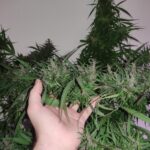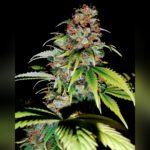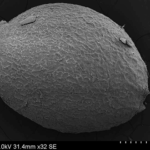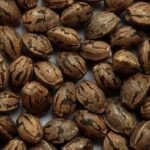Far too many aficionados still believe that landraces are wild plants – ‘wild’ in the sense of naturally occurring spontaneous creations of nature.
This is exactly wrong – in other words, not just inaccurate but the very opposite of the facts.
‘Landrace’ is an outdated technical term for traditional domesticates, meaning region-specific animal or crop breeds created by humans for products they want. There are landrace goats and pigs, and landrace strains of wheat and cannabis. Shaped by their specific environments – alpine Himalayan valleys, Central Asian deserts, tropical riversides of Indochina – nevertheless, all landraces are creations of humankind and human desires.
All real ganja and all the finest charas always come from landraces.
Why does getting this right matter?
Getting it wrong erases the cultures and peoples who created these foundational strains and the marginalized farmers who’ve maintained this essential biodiverse heritage through the nightmare of prohibition.
And if all these words about cannabis aren’t about the facts – objectively verifiable reality, unfashionable though that is these days – then what are they about?
To the best of my knowledge, there is no such thing as a “primordial landrace”, especially not in the Indian Himalaya. Primordial means since the beginning of time or at very least original. Landraces have existed only since people began domesticating cannabis, at the very most about 10,000 years ago. There’s no solid evidence for utilization of Cannabis in the Himalaya until about 2500 years ago. Most likely, the original cannabis landraces were created in East Asia, Central Asia, and the western steppe, on the frontier of Europe.
See What’s the Real Meaning of ‘Landrace’?
Image shows our Kerala accession, collected in Idukki, South India, growing in Hawaii.






